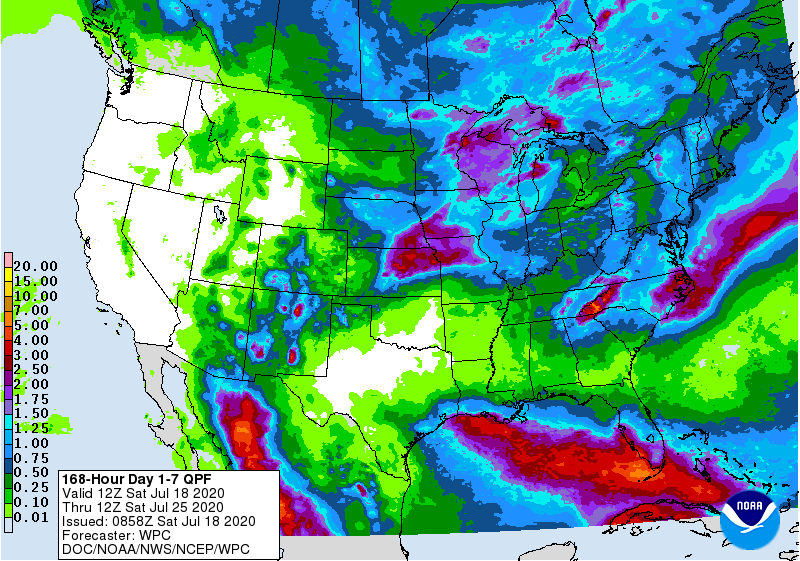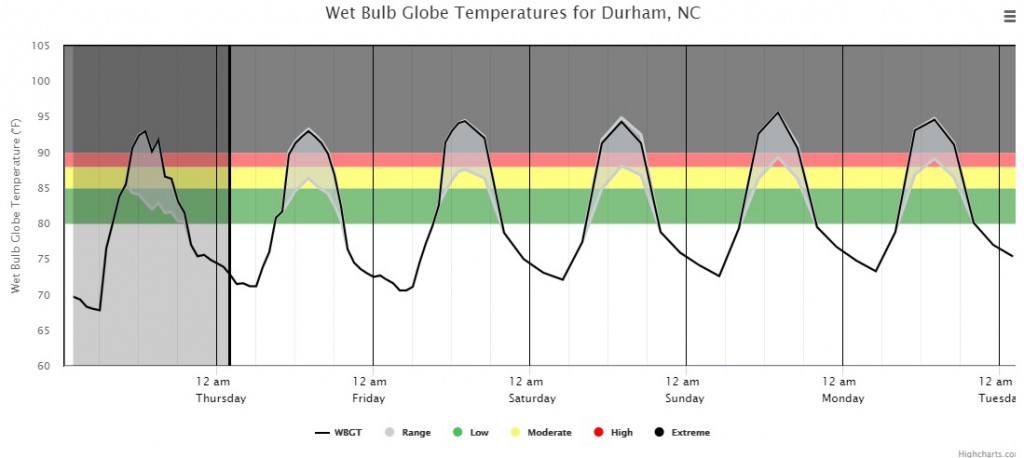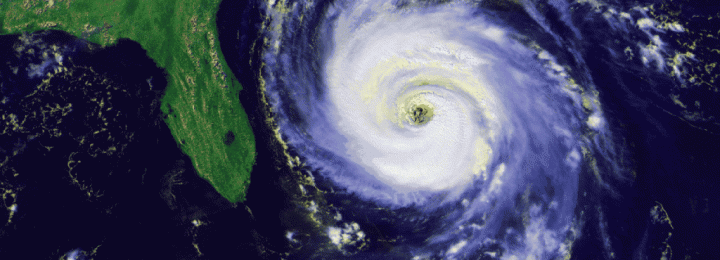-

In the next few weeks, several online courses will be offered that could be of interest to extension agents, scientists, and students of climate and agriculture. In Fall 2020, the South Central Climate Adaptation Science Center at the University of Oklahoma will offer two short courses that will provide an integrative understanding of the components…
-

Apples require relatively cool weather, so there are large parts of the Southeast where they don’t grow effectively. In Georgia, apples are grown commercially mainly in the northeast, where cooler temperatures make it easier to grow them. As the climate continued to get warmer, producers are worried about the long-term viability of growing apples as…
-

The latest 7-day QPF map shows that southern Georgia and Alabama and northern Florida are expected to get little to no rain this week, which will affect crop and pasture conditions there. Most of the rest of the region will get heavier rain, with isolated amounts in the mountains and off the coast of up…
Posted in: Climate outlooks -

NOAA’s Climate Prediction Center has provided the latest set of climate outlook maps for the US this week. They show that August and the August through October period are expected to continue to be warmer and wetter than normal. The November through February period is showing the signs of what is expected to be a…
Posted in: Climate outlooks -

Do you know what Wet Bulb Globe Temperature is? The Wet Bulb Globe Temperature (WBGT) is a measure of the heat stress in direct sunlight, which takes into account: temperature, humidity, wind speed, sun angle and cloud cover (solar radiation). This differs from the heat index, which takes into consideration temperature and humidity and is…
-

The latest Drought Monitor was released today and it shows that there were slight increases overall in abnormally dry conditions this week. The one area of D1 drought in northeast VA expanded slightly, and areas of abnormally dry conditions (D0) were introduced to a small area west of Atlanta in GA and expanded in VA…
Posted in: Drought -

We know that hurricanes are more likely to develop when ocean temperatures are warmer than normal and when the winds high above the surface are weak. That information helps scientists make predictions about how active a hurricane season is likely to be, especially because El Nino usually increases the winds and La Nina or neutral…